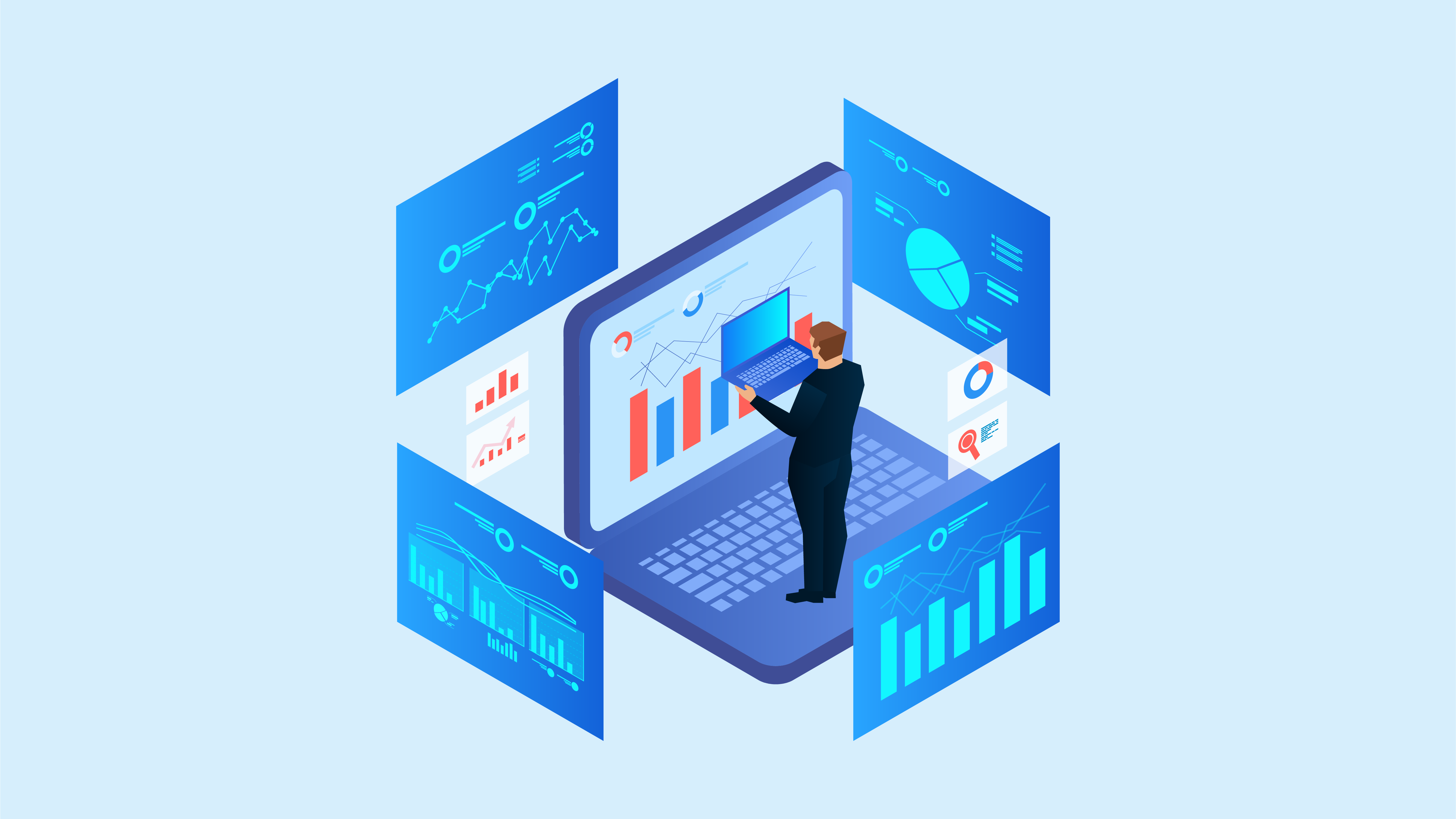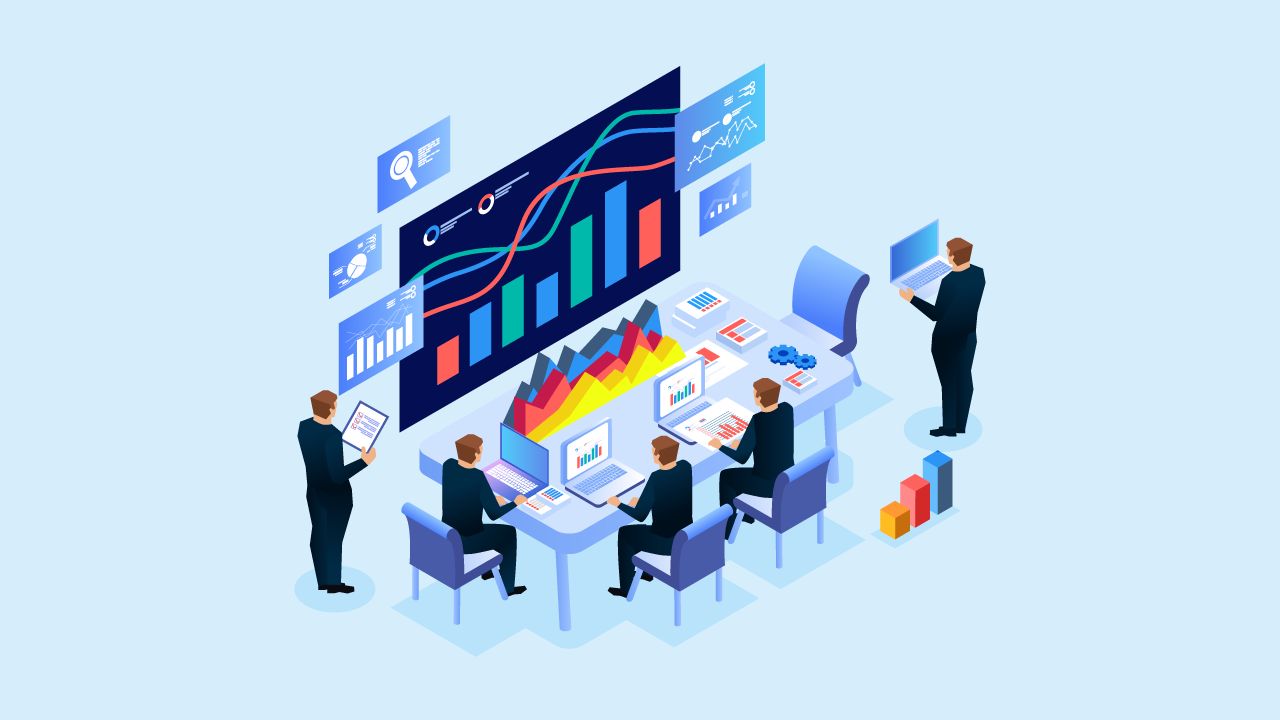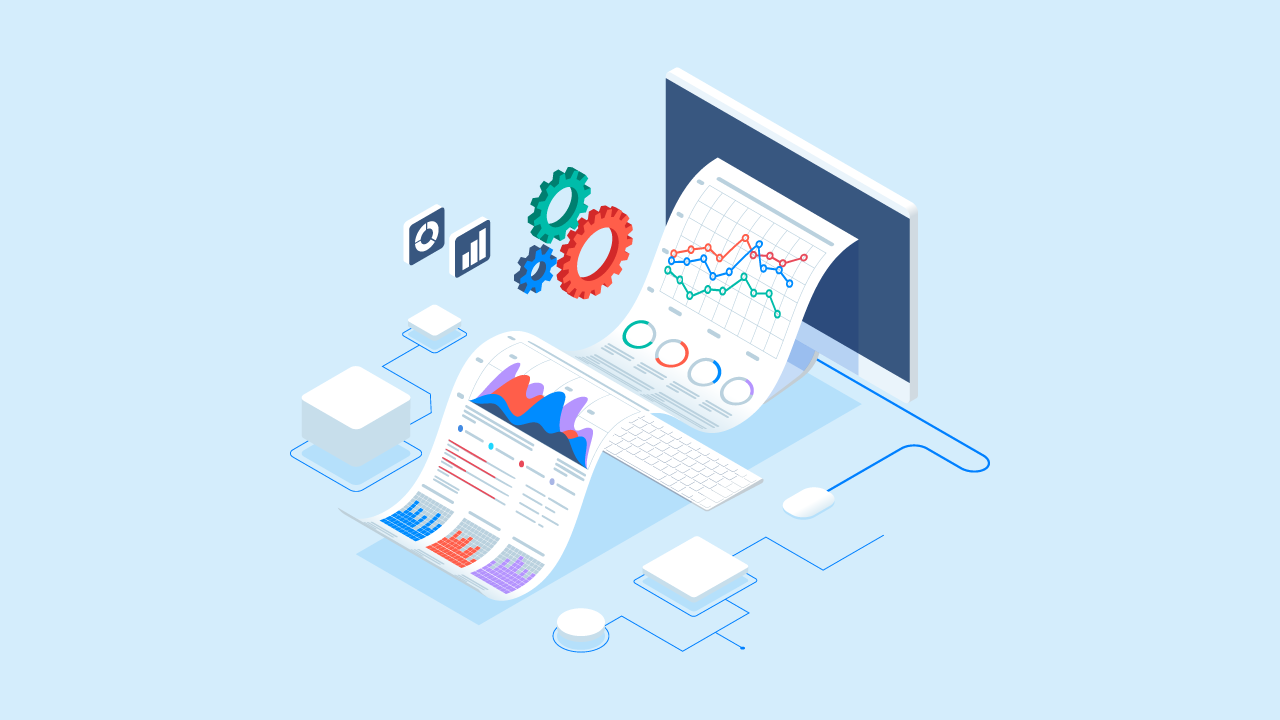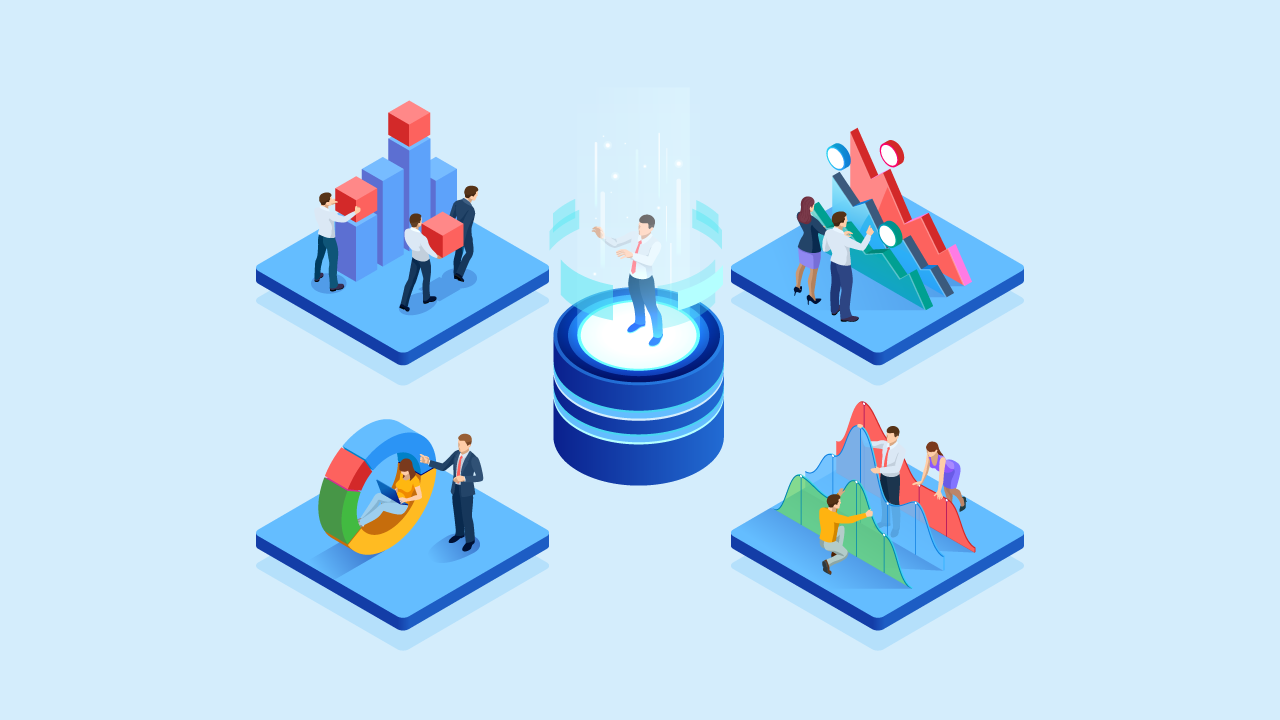The Power to Communicate Complex Ideas in a Clear and Concise Way
When one hears the term “data analysis,” one may picture sorting through spreadsheets, using algorithms, and doing arithmetic calculations; these are the “hard skills” that come with the job. However, without matching soft abilities, these hard skills are useless. It is not enough to only analyze data; you also need to be able to clearly and compellingly communicate the story it tells. This is referred to as data storytelling.
Data storytelling is the art of using reporting data to create a narrative that is clear, concise, and easy to understand. It’s about taking complex data and presenting it in a way that is both informative and engaging. Data storytelling is a powerful tool that can be used to communicate complex ideas in a clear and concise way. It can be used to inform decision-making, persuade audiences, and even inspire change.
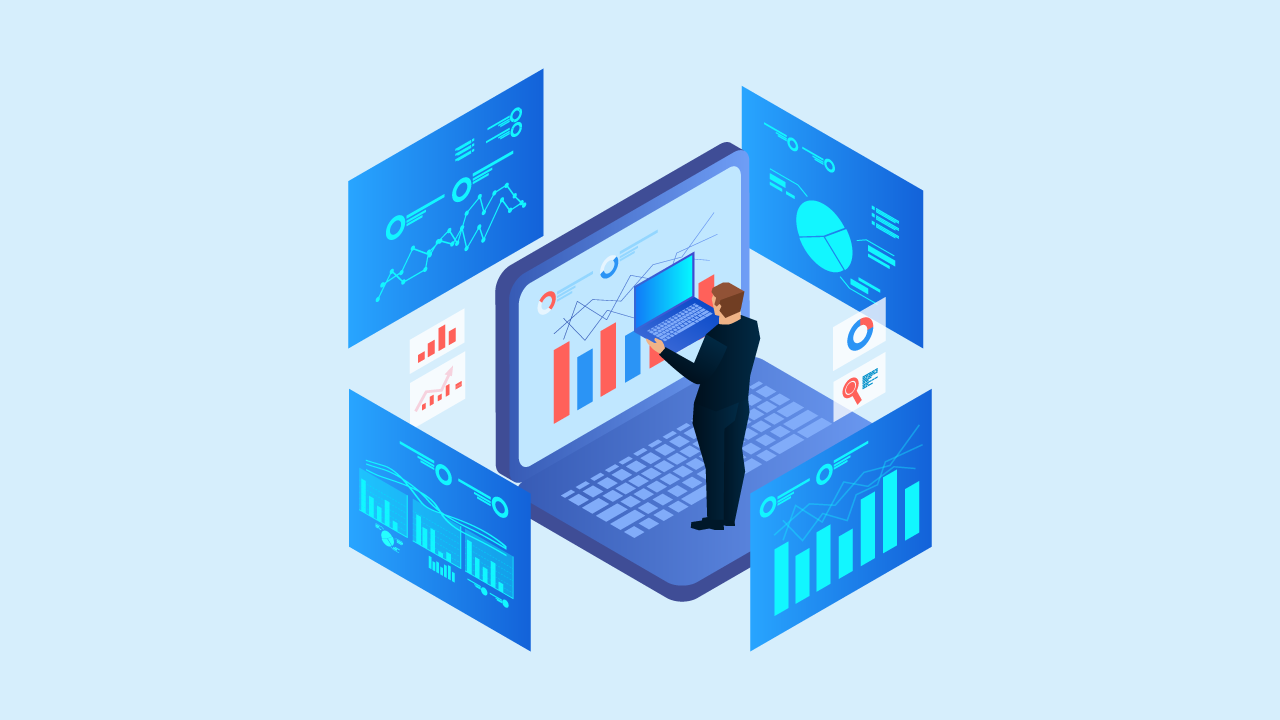
Unveiling the Magic of Data Storytelling
In order to successfully communicate insights from a dataset, data storytelling is an art form that combines data research with captivating narratives and eye-catching visualizations. It’s an effective technique that may give data life and make your audience relate to and use it.
The three pillars listed below support the data narrative structure:
- Data: A thorough analysis of precise and thorough data forms the foundation of your data story. Descriptive, diagnostic, predictive, and prescriptive analysis are tools that you may use to fully utilize your data and create a comprehensive picture.
- Narrative: This forms the core of your data tale. The insights obtained from your data are given life through a skillfully written narrative or storyline. It aims to motivate your audience to take action by giving context, highlighting important facts, and outlining suggested courses of action.
- Visualizations: Your data story’s visuals are its heart and soul. These are graphic representations of your information and story that help to make the tale memorable, compelling, and obvious. They may be presented as graphs, charts, diagrams, pictures, or films, among other formats.
When used both internally—for example, to emphasize the need for product changes based on user data—and externally—for example, to persuade potential consumers to invest in your product—data storytelling is a flexible tool.
Benefits of Data Storytelling
Similar to human storytelling, data storytelling incorporates additional information and corroborating data via eye-catching graphs and charts, elevating the narrative to a new level. It’s an effective tool that breaks down difficult information so that your audience can interact with it and decide more quickly and confidently.
The ability to tell a compelling data story that motivates action is a powerful tool. Effective data storytelling has the potential to benefit both individuals and companies. It highlights important points for the audience, provides value to your data and insights, and analyzes difficult material. It gives your statistics a personal touch, which makes it easier to grasp and more relatable.
Effective data storytelling also provides enormous benefits to your industry and audience. It establishes you as an authority on the subject and helps you gain a reputation as a thought leader in your industry. To put it simply, data storytelling provides an engaging tale that motivates your audience to take action rather than only presenting statistics.
Data storytelling can be used to achieve a variety of business goals, including:
- Persuading decision-makers: Data stories can be used to provide decision-makers with the evidence they need to make informed decisions. For example, a data story could be used to show the impact of a new marketing campaign on sales, or to demonstrate the need for a new product or service.
- Inspiring employees: Data stories can be used to inspire employees and motivate them to achieve their goals. For example, a data story could be used to show employees how their work is contributing to the company’s overall success, or to highlight the positive impact that the company is having on the world.
- Educating customers: Data stories can be used to educate customers about products and services, and to help them make informed purchasing decisions. For example, a data story could be used to show customers how a new product compares to existing products on the market, or to explain the benefits of a new service.
- Raising awareness of important issues: Data stories can be used to raise awareness of important issues and to inspire people to take action. For example, a data story could be used to show the impact of climate change on the environment, or to highlight the need for social justice reform.
Key Elements of Effective Data Stories
The same narrative components that are present in any story—characters, setting, conflict, and resolution—are used in data storytelling.
Let’s imagine you work as a data analyst and you’ve recently found out that your company’s sales have been declining, and you can attribute this to clients who are between the ages of 14 and 23. A social media post that went viral and exposed the detrimental environmental effects of your company was the cause of this decline.
Here’s how to use the four essential tale parts to create an engaging narrative:
- Characters: The customers, who are ecologically sensitive and range in age from 14 to 23, as well as your internal team, are the main protagonists in this scenario. It is important to identify these stakeholders in advance, even if they are not included in your presentation.
- Setting: Let’s get the scene established first. Describe the recent decline in sales, which has been caused by consumers between the ages of 14 and 23. Employ data visualizations to highlight the notable fall among younger users and to show the decline across various audience categories.
- Conflict: Determine the main issue, which was a widely shared social media post exposing your business’s harmful environmental effects and driving away tens of thousands of young consumers. Provide evidence to back this up with studies demonstrating that consumers are more aware of the environment than in the past and that items with sustainable marketing may generate higher sales than those without. Explain to the team why your product’s sales have decreased by reminding them of your company’s present unsustainable manufacturing methods. Incorporate visuals here as well.
- Resolution: Using this information, suggest a course of action. Propose a long-term objective of switching to environmentally friendly manufacturing techniques and concentrate marketing and PR efforts on making this change noticeable to all audience segments. Make use of graphic aids to demonstrate how the cost of adopting sustainable manufacturing processes may be justified by drawing in clients from the expanding eco-aware market.
How to Create a Data Story
So, let’s review. To create a data story, follow these steps:
- Identify your audience: Who are you trying to reach with your data story? What are their needs and interests?
- Choose the right data: Select the data that is most relevant to your audience and that will help you to communicate your message.
- Clean and prepare the data: Make sure that the data is clean and accurate, and that it is in a format that can be easily understood by your audience.
- Create visuals: Choose the right visuals to support your text and to make the data more engaging and easier to understand.
- Tell a story: Use a narrative structure to tell your data story in a way that keeps the audience engaged and wanting to learn more.
The same narrative components that are present in any story—characters, setting, conflict, and resolution—are used in data storytelling.
Conclusion
Data storytelling is a powerful tool that can be used to communicate complex ideas in a clear and concise way. By following the tips above, you can create data stories that will engage your audience, persuade decision-makers, and inspire action.

